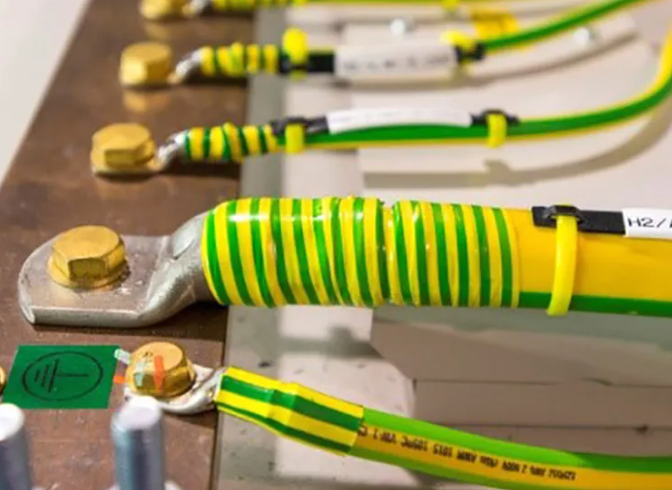This is an answer of a question:
Does ensuring the connection of only the exposed conductive part of electrical equipment to the earth electrode in soil suffice for protection against electric shock?
Explanation of the question: Usually, in the wiring system, the earth wire is also a part of the wiring system with the live and neutral wires. The exposed conductive part of the equipment, which is conductive but not live, is linked to the earth through the earth wire. It is presupposed that in the event of an earth fault occurring due to contact between the live conductor and the exposed part of the equipment, the earth fault current will travel through the earth wire to the earth electrode, then through the earth to the source (transformer/generator). This pathway triggers the operation of protective devices (such as fuses, MCBs, etc.), ensuring the safety of individuals against electric shock.


Answer: It is very common myth that system is healthy if connected to earth electrode with least earth pit resistance but this may not be true in practical conditions every time to have a low resistance earth pits such that fault current magnitude can cause tripping of OCPD (over current protective device) within permissible time. Because of this reason, only connection of exposed conductive parts of electrical equipment to earth electrode in soil will not protect from an electric shock.
Protective equipotential bonding that connects the exposed conductive parts and extraneous conductivity parts with the main earthing terminal. Whenever an Earth fault occurs a voltage will appear between the exposed conductor parts and extraneous conductive parts in the location served by the installation concerned, but the application of protective equipotential bonding minimizes these touch voltages from reaching harmful values.
In case of earth fault if the fault current is less than the rated breaking current of a protective device like MCB then it will not trip. The automatic disconnection of the supply system should be designed considering fault loop impedance, which is the impedance/resistance encountered by current under fault condition i.e. impedance/resistance from fault point to neutral point of the source (transformer/generator) shall be such that it will disconnect the supply to faulty equipment by detection of fault current and leakage current through use of suitably rated OCPD (Over Current Protective Device like a fuse, MCB, etc.) and RCD (Residual Current Device like RCCB) within the stipulated time.




